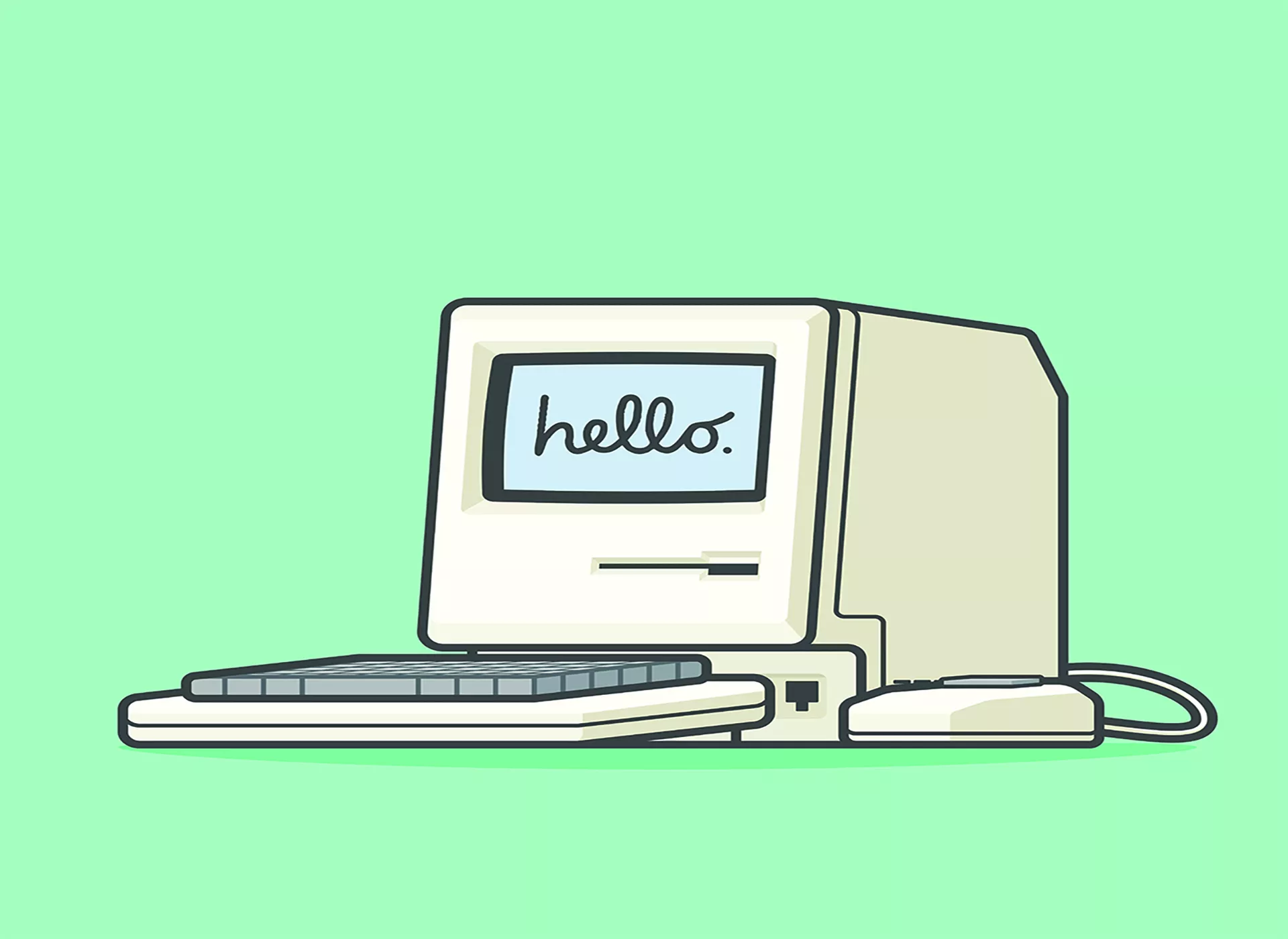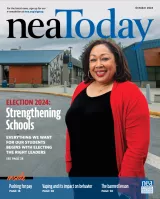There are dozens of new EdTech apps developed every day, all promising to revolutionize your classroom practice. But do these apps significantly benefit learning, or are they distracting digital toys?
Recent research suggests what many seasoned educators already implicitly know: traditional or “old school” methods promote certain kinds of learning better than new digital methods. In classrooms increasingly relying on digital technology, are we losing touch with tried and true “old school” methods?
The tools on these pages are not an urgent call to discard educational technology altogether, but rather a way to look at what you’re doing and use some of the same (or new) tech in a different way to help bolster learning for your students.
Productivity tools
Some technologies bridge the gap between the physical and virtual, benefiting from the best of both worlds. Get your hands on some of these if you can!
Anki (ankiweb.net): This is a digital flashcard app where students can create basic flashcards. However, they can extend these by embedding multimedia in each card such as audio pronunciations, animated GIFs, etc., to help trigger their memories. (Free)
Google Drive: Upload a photo of handwritten notes and use optical character recognition (OCR) to annotate the document. Works great on scanned prints. (Free and paid versions)
PolyPad (polypad.amplify.com): Virtual Manipulatives for Math including fractions bars, number blocks, algebra tiles, function machines, tangram puzzles, probability, geometry, and more! (Free)
Artificial intelligence applications: websites
When used thoughtfully, these can be excellent time-savers for educators or expand the potential of students. Use them to create exemplars (good or bad), worksheets and other learning artifacts.
Craiyon (craiyon.com): This is an online image generator that allows users to turn text into images. The platform is easy to use and offers a range of customization options, including font, color, size and style. Users can enter their text and choose from a variety of templates to create personalized images. (Free)
Google Gemini (gemini.google.com) Formerly known as Bard, Google Gemini is a generative artificial intelligence used in many different ways, including text, image, audio, and video understanding. (Free and paid versions)
Quizizz (quizizz.com) This platform offers a built-in AI tool that will generate questions for you. Users can input a summary of what they need or upload a document, PDF, or even a video! It will create relevant questions and design a quiz for any topic. (Free and paid versions)
Whiteboard tools
Use digital whiteboard applications as a multimedia substitute for paper notebooks where students can write notes by hand the old-fashioned way on their touchscreens but have access to the modern functions of copy/paste, drag and drop, embedding multimedia (maps, photos, graphs, etc.). They can also use digital flashcards to drill vocabulary, concepts, and world languages.
Microsoft Whiteboard: For those in Microsoft districts, this integrates well with OneDrive to back up all your personal and collaborative boards in one place. (Free)
Limnu (limnu.com) This is a digital whiteboard platform that allows users to create, share, and collaborate on digital whiteboard content. It offers a variety of features, including the ability to drag and drop content, add text and images, and collaborate with others in real time. (Free and paid versions)
Excalidraw (excalidraw.com) is an open-source platform that allows users to create and collaborate on whiteboard drawings in real time. It runs on a web browser, and users can access a variety of stylus and keyboard shortcuts to add shapes, text and images to their drawings. (Free)
Presentation tools
Help students organize and communicate their thoughts in a powerful (and beautiful) new way that goes beyond the poster board.
Prezi (prezi.com): This multimedia presentation tool features useful templates and 3D zoom. (Free and paid versions)
Animoto (animoto.com): Create videos that engage and impress. Animoto’s drag-and-drop editing tools and visual effects make it easy. (Free)
Slidesgo (slidesgo.com): This platform provides templates for Google Slides and PowerPoint. (Free)
Join Our Movement




